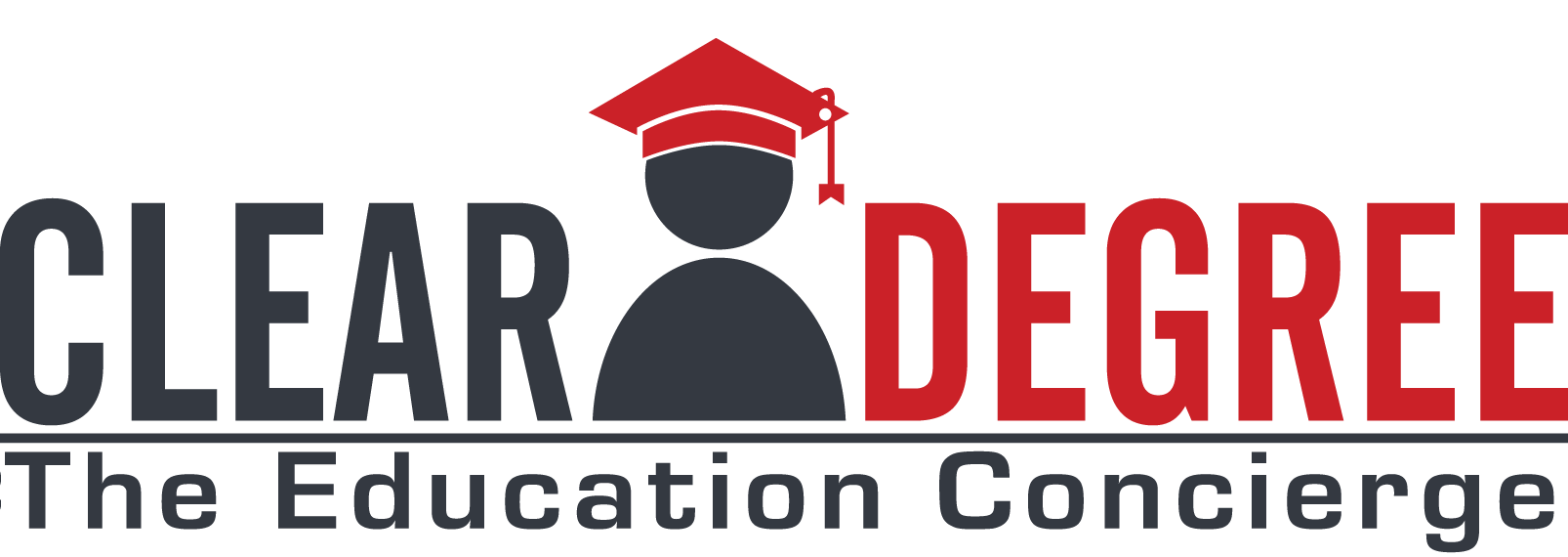Company Tax Breaks for Tuition Assistance Programs in 2020

Fall is in the air and Q4 of 2020 is upon us. This chaotic year has many company’s heads spinning: setting up remote work, pivoting on marketing strategy, and implementing new safety protocols overnight is a tall order. This interruption of “business as usual” means that we all might be a little behind on sorting through our 2020 tax plans. And with the passage of the CARES act earlier this year, there are lots of small extensions and modifications of tax code that companies—especially those with robust education benefits for their employees—should be aware of.
If you weren’t excited about crawling through the IRS website to find updates on fringe benefits like education and tuition reimbursement, don’t worry: we’ve got you covered.
Educational Assistance Now Includes Student Loan Payment
The CARES act passed by Congress in March of this year did more than just send every American $1200. Prior to its passage, employers were allowed to exclude up to $5,250 per employee from taxation if it was used for the purpose of education. This money could be paid to the employee as a tuition reimbursement, for educational materials, or as a direct payment to an educational institution.
Now, however, the definition of “educational assistance” has been expanded to include direct employer payments toward student loans. This offers an advantage to employers who are looking for new, low-tax-impact ways to balance compensation and benefits. In a job market that is in constant fluctuation, improving benefits packages and employee retention by offering direct student loan payments is a huge win-win.
Beyond the $5K+
As previously mentioned, there is a ceiling to the amount of money that is tax-exempt for an employer providing education benefits to their employees. While that $5,250 expense outlined in section 127 of tax law is a hard line in the sand, the tax code does have an asterisk. If any education-related benefit can also qualify as a working condition benefit, then it can qualify for additional deductions beyond the education assistance cap.
So what is a working condition benefit? As it pertains to education, it must meet two criteria under section 1.162.5:
- Maintains or improves skills required by the individual in his employment, or
- Meets the express requirements of the individual’s employer, or the requirements of applicable law or regulations, imposed as a condition to the individual’s retaining an established employment relationship, status, or rate of compensation.
These definitions broaden the theoretical base of employer deductible expenses as it relates to education benefits. While setting up an education program under 127 is a safer, more assured way of getting tax breaks on education, a skilled accountant could potentially help secure more deductions in the realm of wages paid as education-related transportation costs and expenses.
529 Savings Plans
Tax breaks exist for employers who are helping their workers save for education. The 529 savings plan is an often-missed tool that acts as a trust to help individuals save for a wide range of education-related expenses. The contributions and qualified deductions are largely tax-free, though the rules that govern them vary state-by-state.
Employers are allowed to contribute to these plans and are included as alluring education benefits, especially for employees with families. (Side-note – as of 2018, these accounts expanded their tax-free status. What was once exclusively higher ed-related now includes K-12.)
Various states offer tax-credits for employers that contribute to 529’s on a per-employee basis. So if your goal is to expand education offerings to be competitive in the job market, sponsoring a 529 to supplement tuition assistance programs is a great way to attract the top talent and cultivate expertise to form tenured employees who could be a leader in your company.
—————————————————————————————————-
ClearDegree is an education concierge partner that works with companies and their employees to tailor tuition assistance (TA) programs that benefit both the organization and the individual. We represent a smarter way to invest in education benefits by bringing degree programs to professionals and curating an ideal list of opportunities that are cost-effective and relative to corporate goals.
Contact us for more information about ClearDegree solutions that lead to higher completion rates of higher education degrees and increased ROI for companies.
